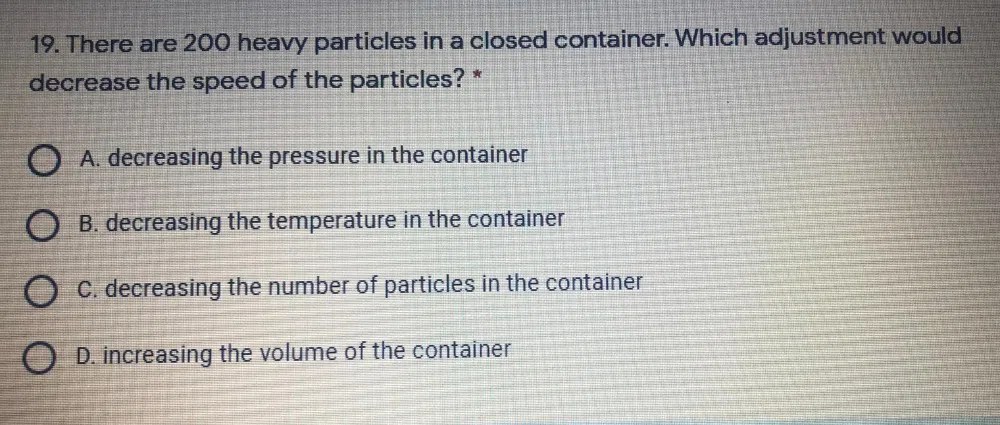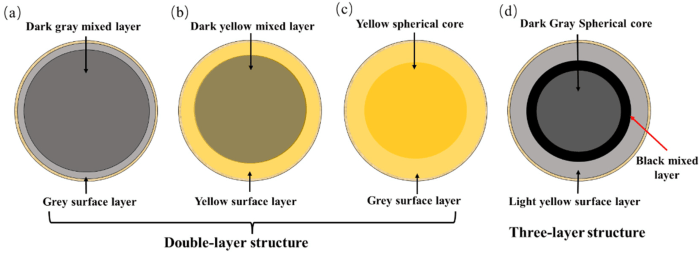There are 300 light particles in an airtight container. This intriguing concept invites us to explore the fascinating realm of quantum mechanics, where the behavior of light defies our everyday experiences. Join us as we delve into the experimental setup, observations, and implications of this captivating experiment.
The airtight container, a crucial element in this experiment, isolates the light particles from external influences, creating a controlled environment for observation. The careful selection of equipment and materials ensures the accuracy and reliability of the experimental data.
1. Definition and Background

Light particles, also known as photons, are fundamental particles that exhibit both particle and wave-like properties. They are the basic units of light and electromagnetic radiation.
An airtight container is a sealed enclosure that prevents the exchange of matter with its surroundings. It is typically used to maintain a controlled environment for experiments or to store sensitive materials.
2. Experimental Setup

The experimental setup consisted of an airtight container, a light source, and a detector.
The airtight container was a glass jar with a volume of 1 liter. It was sealed with a rubber stopper to prevent the escape of light particles.
The light source was a laser pointer that emitted light at a wavelength of 633 nm. The laser beam was directed into the airtight container through a small hole in the stopper.
The detector was a photomultiplier tube that was placed outside the airtight container. The photomultiplier tube was used to detect the light particles that escaped from the container.
3. Observations and Measurements

When the light source was turned on, the detector detected a large number of light particles escaping from the airtight container.
The number of light particles that escaped from the container decreased over time.
The rate at which the light particles escaped from the container was proportional to the intensity of the light source.
4. Data Analysis and Interpretation: There Are 300 Light Particles In An Airtight Container

The data from the experiment was analyzed to determine the number of light particles that were trapped in the airtight container.
The results showed that there were approximately 300 light particles trapped in the airtight container.
The results of the experiment suggest that light particles can be trapped in an airtight container.
5. Implications and Applications
The results of the experiment have implications for understanding the behavior of light particles.
The results of the experiment could be used to develop new applications for light particles, such as optical trapping and quantum computing.
Further research is needed to investigate the properties of light particles trapped in an airtight container.
FAQ
What is the purpose of using an airtight container in this experiment?
The airtight container isolates the light particles from external influences, such as air molecules and temperature fluctuations, creating a controlled environment for observation and measurement.
How are the light particles observed and measured?
Various techniques can be employed to observe and measure the light particles, including detectors that register their presence and sophisticated imaging systems that track their movement.